Landing on Miyakojima one afternoon in mid-August, I didn’t quite know where I was. The colors of the soil and greenery, as the plane landed, evoked the Goto Islands. The sugar cane plantations I drove through suggested Hawaii. Miyako. Only the stray shisa seemed to suggest I might’ve been in Okinawa.
What was unmistakable, to be sure, is that I was…elsewhere. The lack of other foreigners on the flight, one of the longest domestic sectors in Japan, had suggested that. But upon landing, my struggle to find more than tangential familiarity confirmed it.
My primary purpose in creating this Miyakojima itinerary, among others, is to straddle this line: I want to give you a better idea than I had of what to expect, but also leave space for you to be amazed.
How to Get to (and Around) Miyakojima
Before I dive into the meat of my Miyakojima travel guide, we should touch on some practical matters. The first involves how to get to Miyakojima. There are two general ones. One is nonstop from Tokyo-Haneda or Osaka-Kansai. These flights are obviously more convenient but also tend to be much more expensive. The second option is connecting via Okinawa, which can also be an option if you’re coming to Miyako from elsewhere in Asia.
As far as how to get around? While there are ostensibly buses on Miyakojima, I can’t imagine having to wait for them in the oppressive sun and heat. They simply don’t come often enough to justify putting yourself through this. Instead, a trip to Miyako Islands is one of the times where I’d say renting a car in Japan is absolutely necessary, even as someone who doesn’t necessarily love doing so.
My Favorite Things to Do in Miyakojima
Prioritize the sunrise
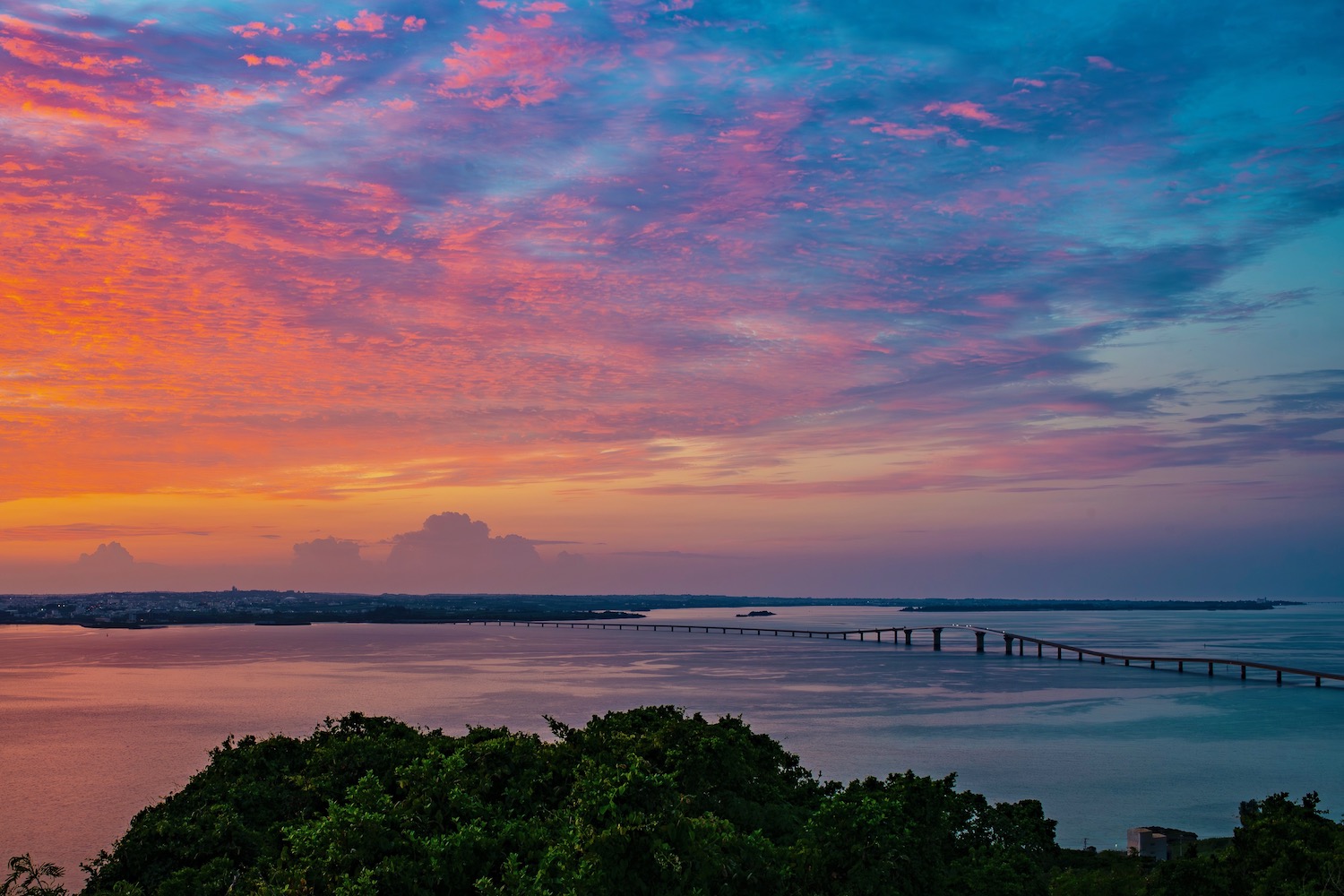
While I made a beeline over the Kurima Bridge in an attempt to watch sunset my first night in Miyako, nature didn’t cooperate: It was grey, colorless and utterly forgettable. I’m thankful, conversely, that I didn’t allow that to demotivate me the next morning. Looking southward from Makiyama Observatory on Irabu Island was nothing short of revelatory. (Your mileage, of course, may vary.)
Hit as many beaches as possible

After watching sunrise I started, ironically, right beneath aforementioned Kurimabashi, at Yonaha Beach. This place was great, but it wasn’t until I started circumnavigating the island (and, in particular, when I reached Sunayama Beach) that I realized how supernaturally gorgeous Miyakojima’s beaches are. Do note, however, that they aren’t quite as otherworldly as social media might have you believe.
(But explore beyond the beach)
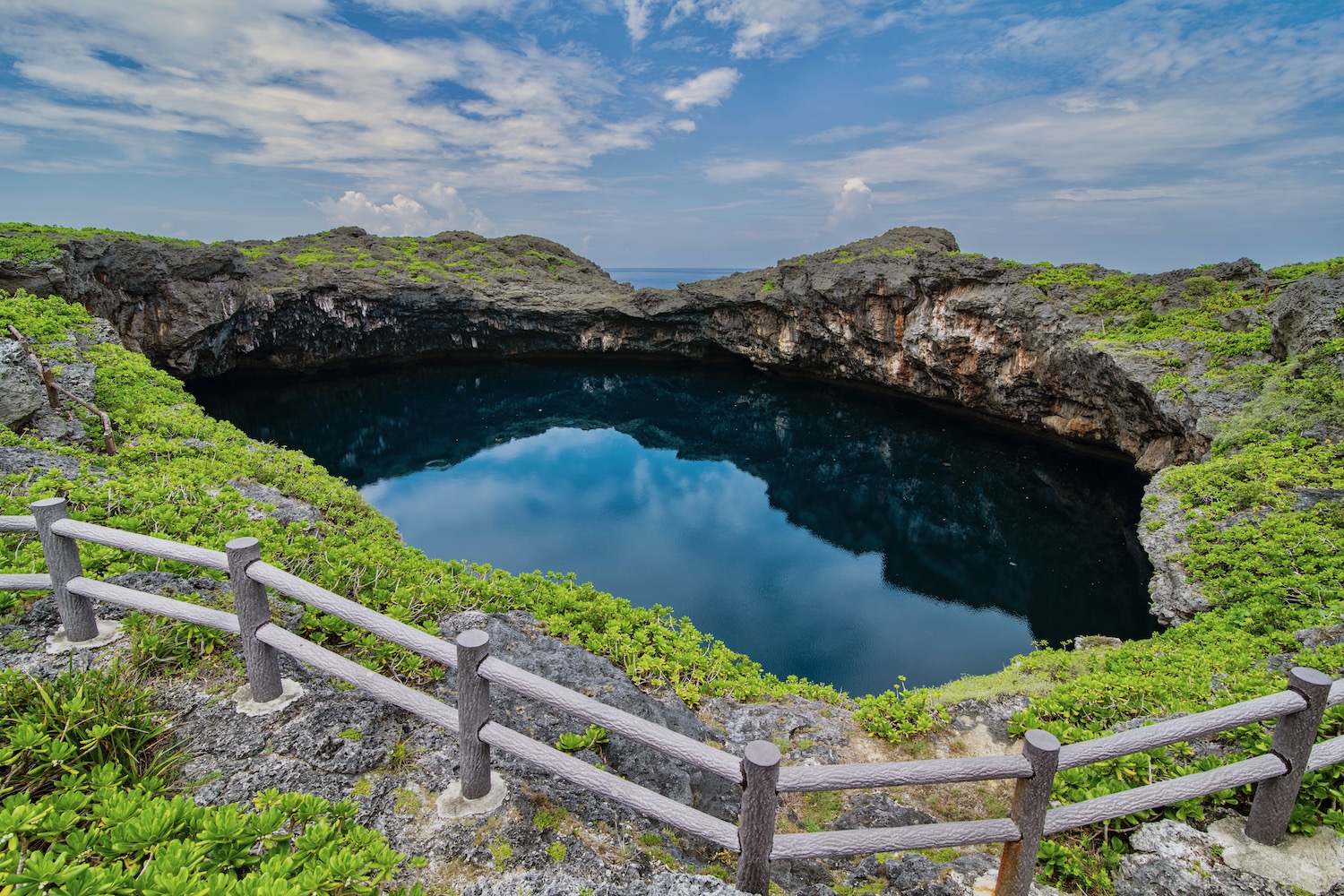
Regardless of what you end up thinking of the beach itself, there’s also a large quantity of general coastal beauty to enjoy in Miyakojima. On Irabujima, where I watched sunrise, Tori-ike sinkhole is place unlike anywhere else I’ve seen in Japan. The southeast corner of the main island, for its part, is home to Cape Higashi-Hennanzaki, which possesses its own special sort of beauty.
Lean into local cuisine
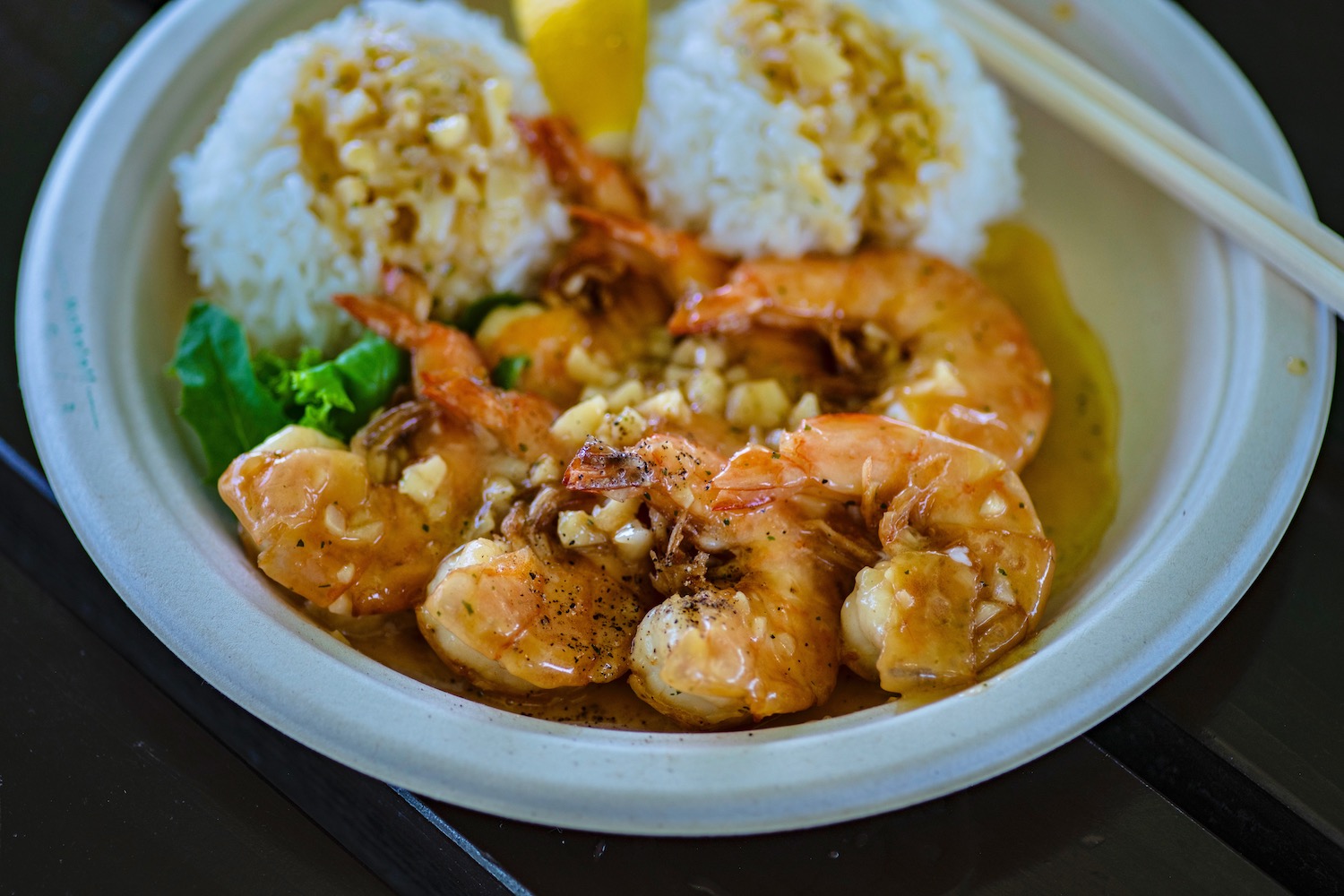
I had several excellent meals on Miyako Island, but the best was perhaps ironically an appropriation from Hawaii. Specifically, Harry’s Shrimp Truck could very easily have been on the North Shore of Oahu, instead of overlooking Ikema Bridge to Ikema Island. Somewhat clumsily, I told its owner that her shrimp were “the same as the ones I had in Hawaii,” which in retrospect might’ve been underselling them a bit.
(And history)
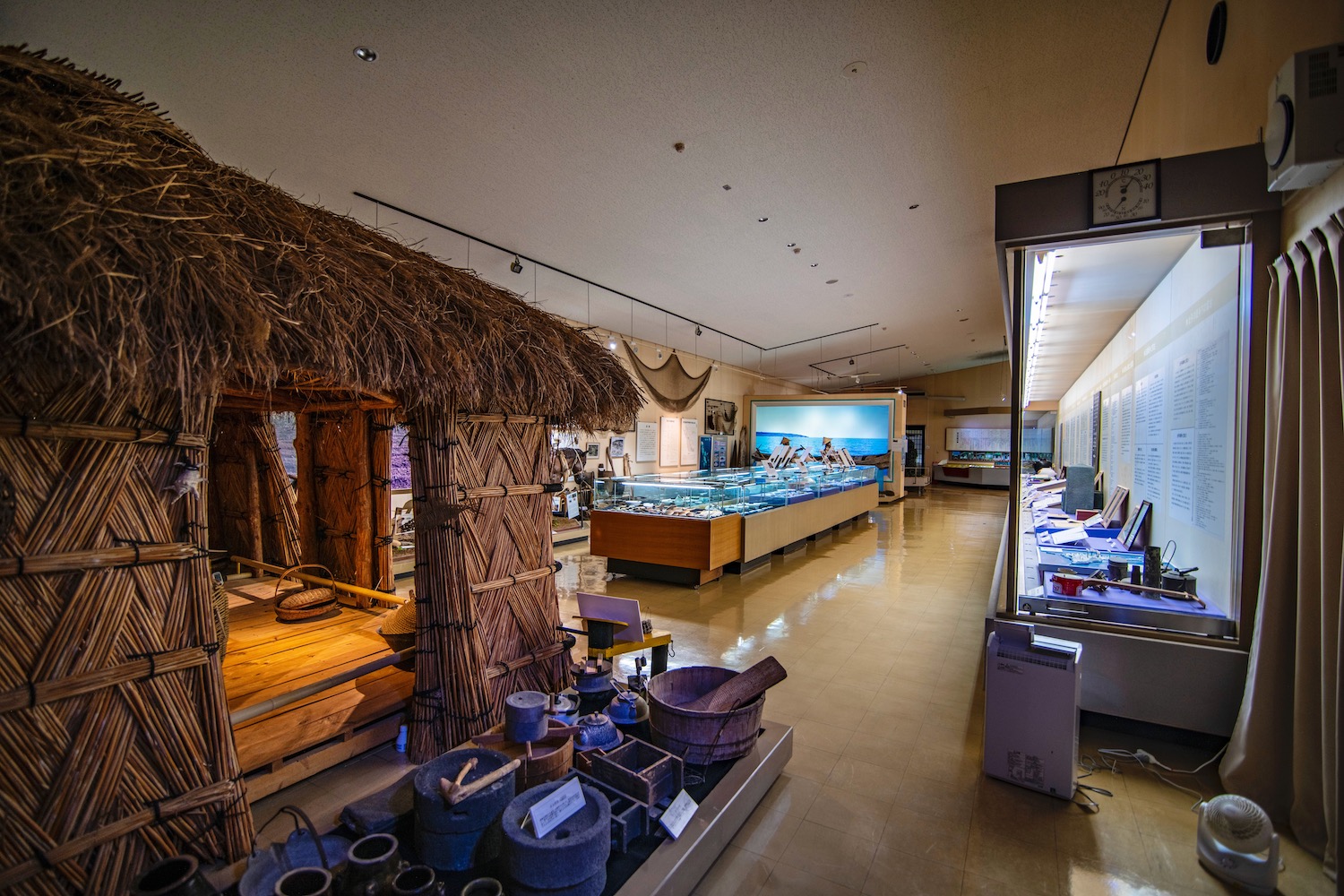
I’ll be frank: Even as someone who speaks a bit of Nihongo, it was difficult to fully grasp the information presented within the Miyakojima City Museum, which exists almost entirely in Japanese. Still, as is the case throughout the rest of Okinawa, I do think it’s important to be mindful of the fact that this region existed as a separate entity from the rest of Japan up until very recently.
How Many Days Do You Need in Miyako?
Miyakojima isn’t a huge island (or, as I’ve explained) group of islands. You can easily circumnavigate the main island (and cross bridges onto the other ones) between sunrise and sunset on a single day. At the same time, Miyako doesn’t have the most reliably sunny weather. I usually like to give myself a buffer—an extra day, or even two—to account for days or periods of days that are cloud or rainy.
Case in point: The afternoon of my first full day on my recent trip to Miyakojima. In the moment I got out of my care to take a picture, a single raindrop turned into a deluge, which felt like the entire ocean was raining down on me at once. This was thrilling, in a way, but obviously optimal neither for photography nor exploration, no matter how many days in Miyakojima you end up having.
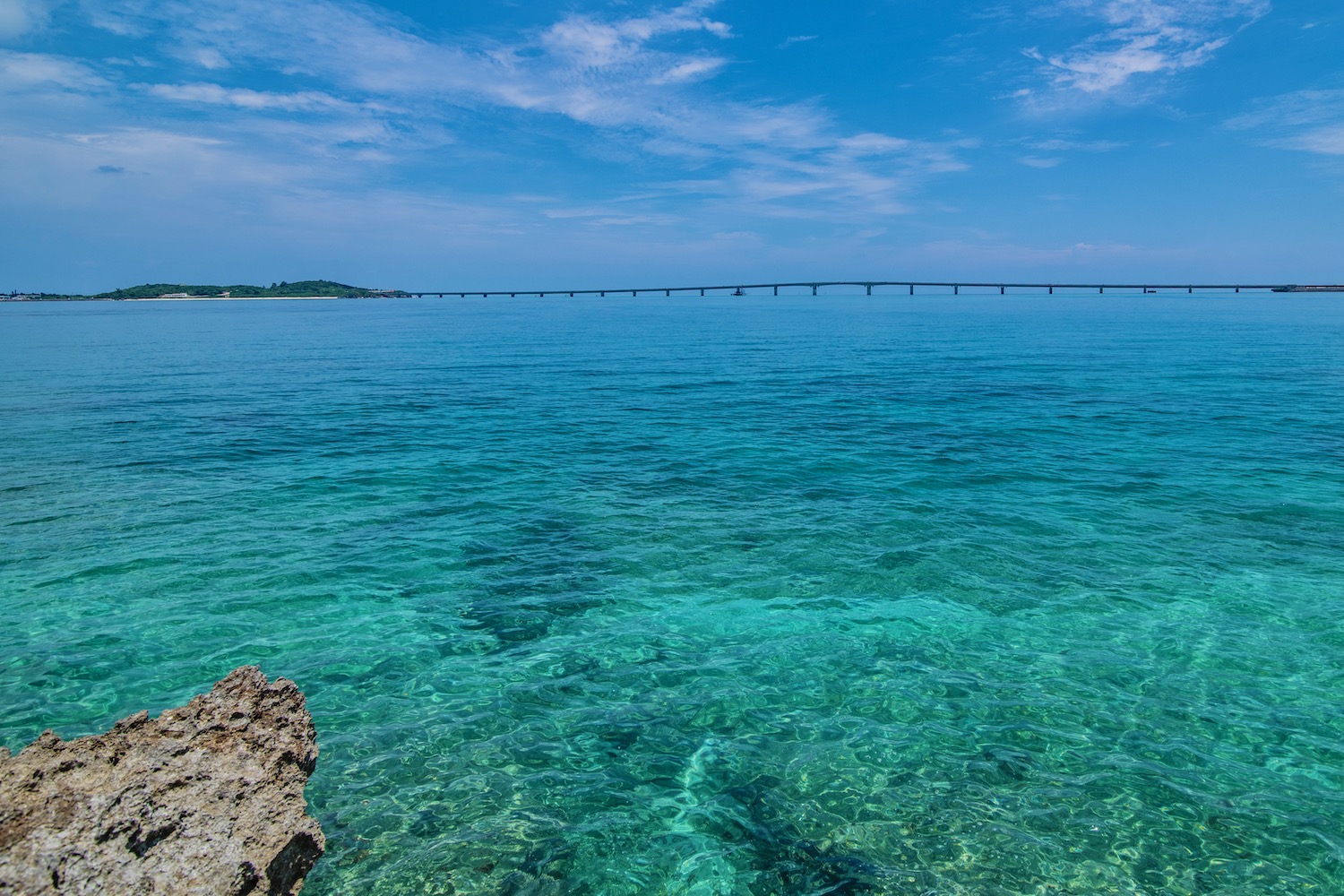
Other FAQ About Visiting Miyakojima
How many days to spend in Miyakojima?
I recommend spending at least two days in Miyakojima. This is in spite of the fact that you can “see everything in one day.” First, sleeping here at least two nights makes the relatively long (and, probably, expensive) journey worth it. Secondly, it’s important to leave a “buffer” to account for the possibility of bad weather.
Is Miyakojima worth visiting?
Miyakojima is worth visiting, but it’s not paradise on earth. I give this disclaimer not because the beaches aren’t fabulous—they are—but because a growing number of social media posts use smoke and mirrors to make Miyako seem as if it’s the Maldives. It isn’t, but that’s OK.
How to travel around Miyakojima?
Although buses do exist on Miyakojima, it’s really necessary to rent a car. This saves you from having to wait for a bus under intense sun and heat, and also from having to stress about the fact that buses don’t really come often enough to make them practical for sightseeing.
The Bottom Line
I hope my Miyakojima itinerary helps you plan your trip, whether in terms of what to do and where to stay, or simply in terms of setting expectations. Miyako presents a conundrum. On one hand, it’s unlike anywhere else I’ve been in Japan, let alone the Okinawa archipelago. On one hand, I’m not sure it lives up to some of the more fantastical social media posts that spotlight its apparently surreal beauty. Certainly, if you plan to be in Okinawa anyway, a short hop over here from either the main island or Ishigaki isn’t that much extra to add to your plate. It’s an especially good idea if you hire me to plan your trip, and let me sweat all the details.






